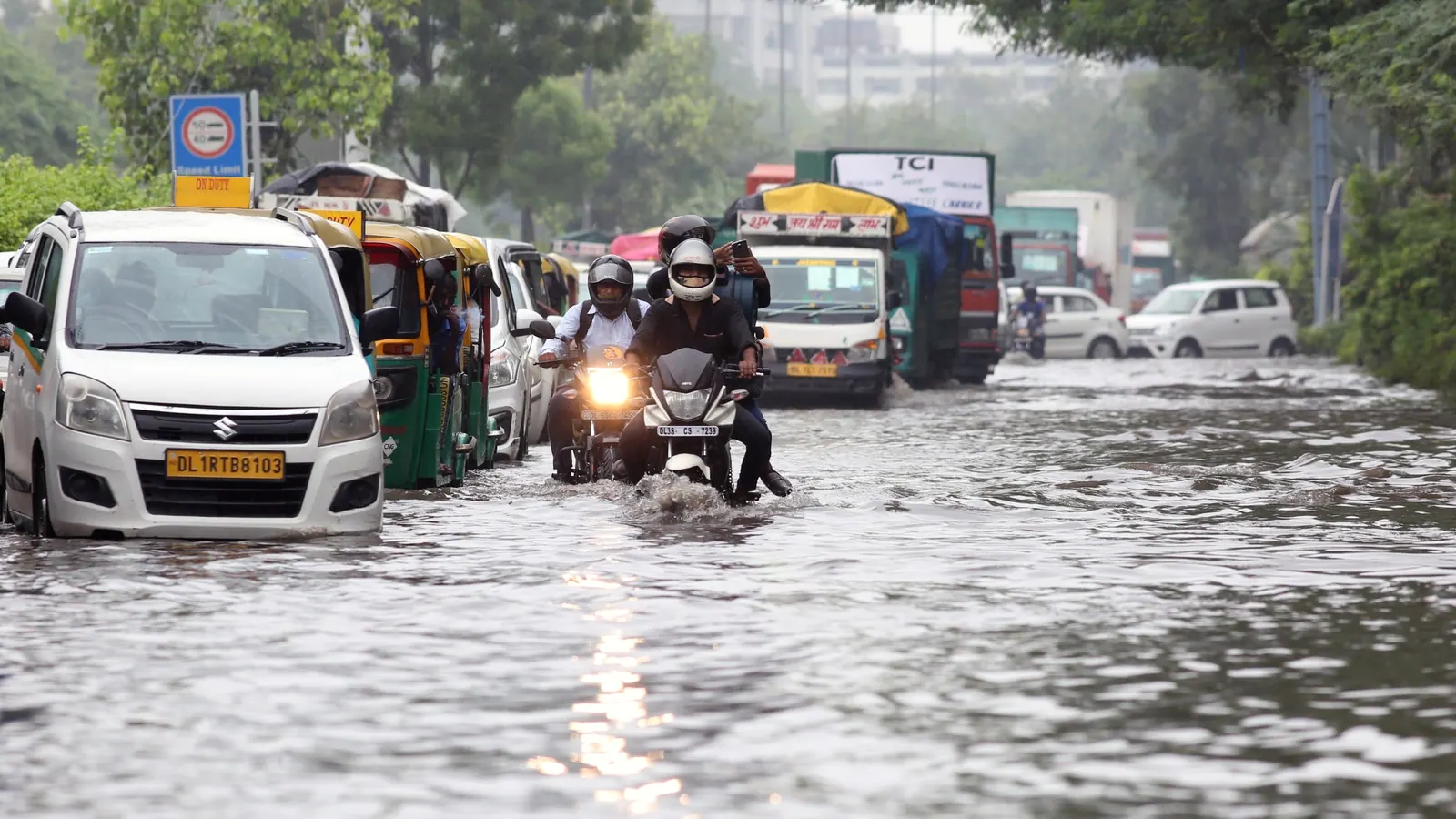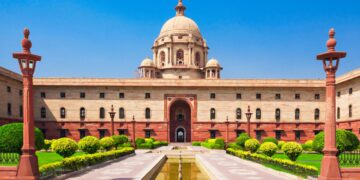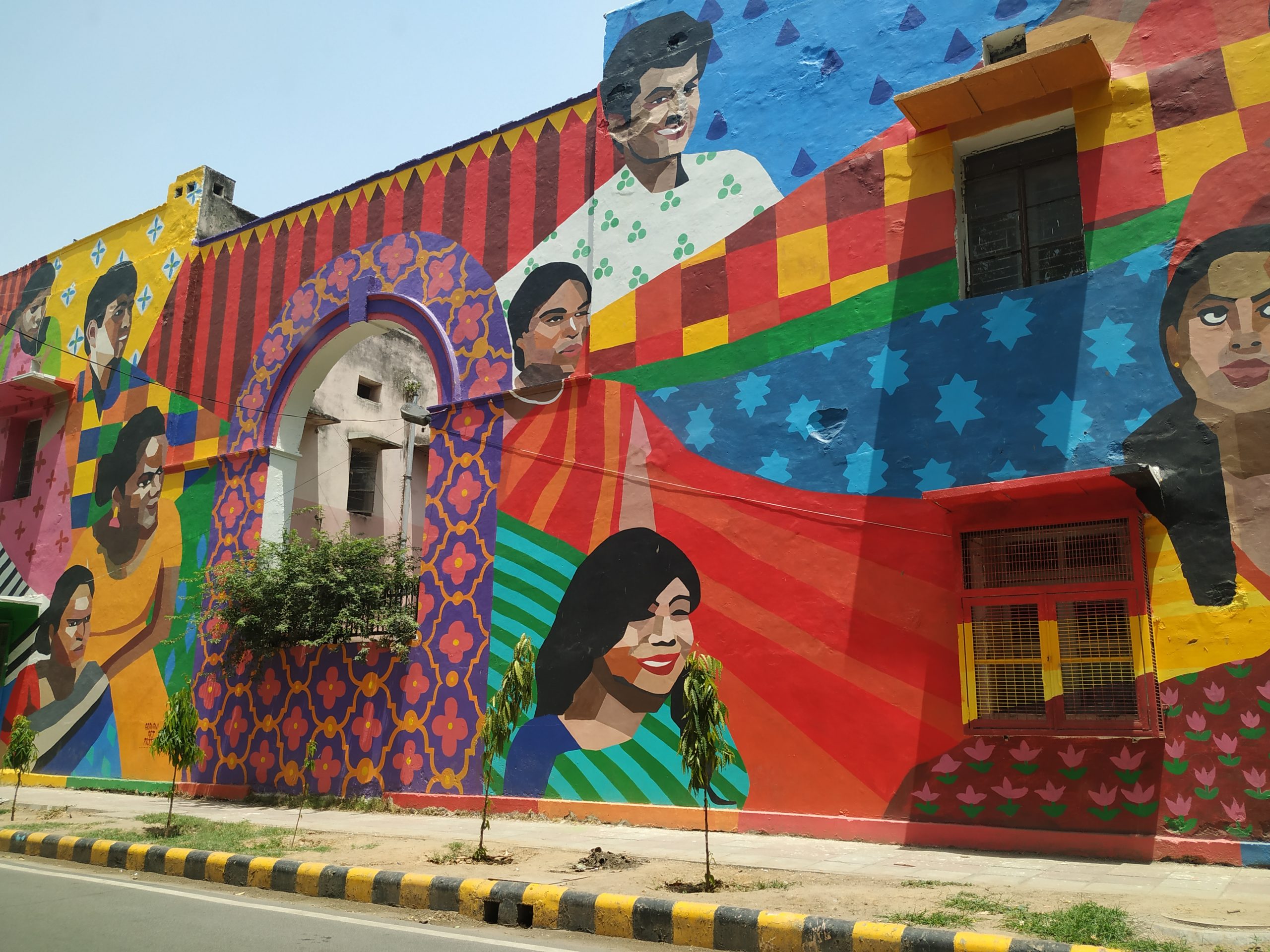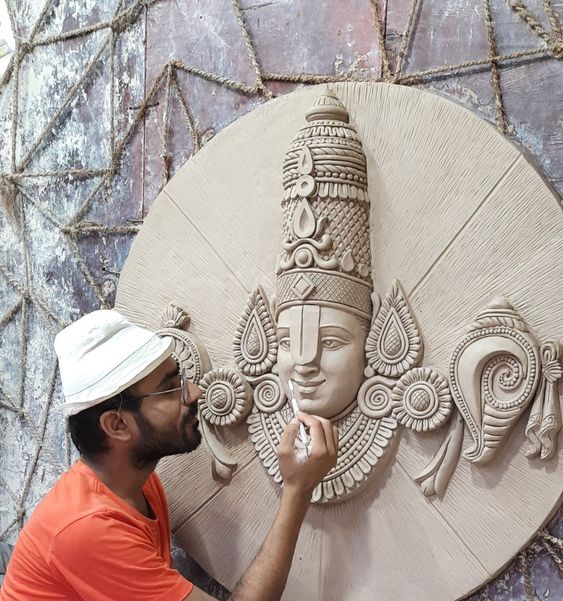Delhi, the capital city of India, is currently grappling with a severe flood situation as of July 14, 2023. The continuous rise in the water level of the Yamuna river has caused flooding in various low-lying areas, posing significant challenges to the residents and authorities. This article aims to provide an overview of the ongoing flood situation in Delhi, the impact it has had on the city, and the measures being taken to address the crisis.
The Ongoing Flood Situation
The Yamuna river water level in Delhi has been slowly receding but remains a cause for concern. As of now, it stands at 208.66 meters, surpassing the danger mark of 204.83 meters. Consequently, several areas in Delhi, including ITO, Red Fort, Yamuna Bank metro station, and Rajghat, have been severely affected by the Delhi flood. The situation calls for immediate action to ensure the safety and well-being of the residents.
Table of Contents
Government Measures and Precautions on Delhi Flood situation
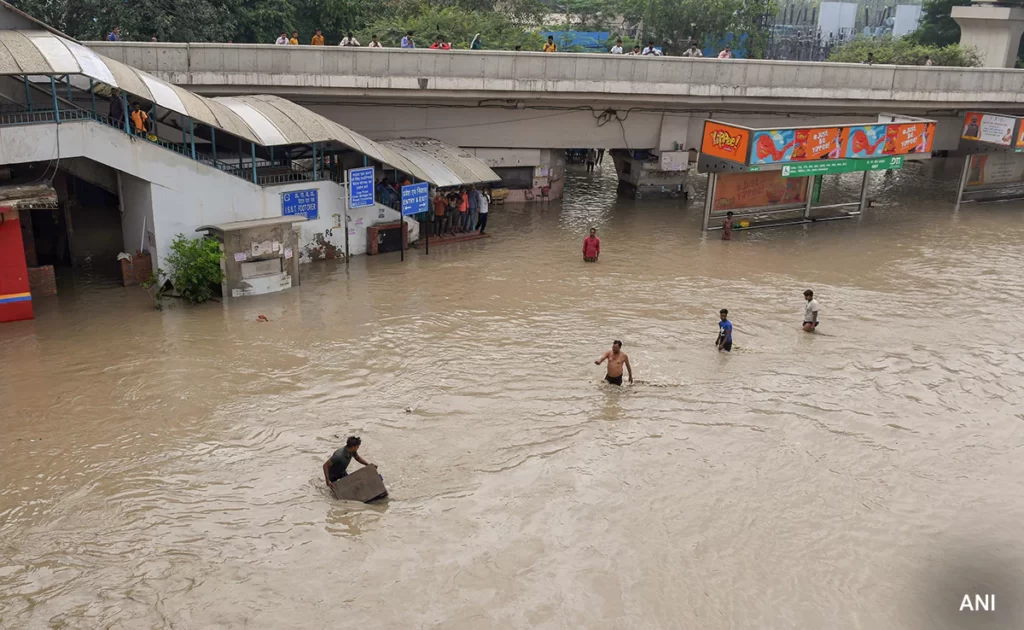
In response to the flood situation, the Delhi government has taken several proactive steps. Schools, colleges, and non-essential government offices have been closed until Sunday, July 16, to prevent any harm to the students, faculty, and staff. The Delhi Metro has also suspended services on certain lines due to waterlogging on the tracks, ensuring the safety of commuters.
Weather Forecast and Its Implications
The Indian Meteorological Department (IMD) has predicted further rainfall in the coming days for Delhi. This forecast raises concerns about exacerbating the flood situation and the challenges that lie ahead for the city. It is crucial for individuals and authorities to remain vigilant and prepared for any developments.
Safety Precautions for Individuals
To ensure personal safety during such challenging times, it is essential to adhere to the following precautions:
- Stay indoors and avoid venturing into low-lying areas that are prone to flooding.
- Exercise caution when traveling and be mindful of waterlogged roads. Avoid wading through water, as it may be deeper and more treacherous than it appears.
- If your home is flooded, promptly move to a safe location designated by the authorities.
- Extend a helping hand to neighbors and individuals who may require assistance due to the floods.
- If you have the means, consider making a donation to relief organizations working towards providing aid and support to the affected communities.
Unity in the Face of Crisis
The flood situation in Delhi demands a collective effort from both the authorities and the residents. It is crucial to remain calm, follow the instructions of the government, and exhibit solidarity in supporting those affected by the floods. By standing together and taking necessary precautions, we can overcome this crisis and ensure the safety and well-being of our fellow citizens.
The flood situation in Delhi is still ongoing as of today, July 14, 2023. The Yamuna river water level has been receding slightly, but it is still at 208.66 meters, which is above the danger mark of 204.83 meters. This has caused flooding in low-lying areas of Delhi, including ITO, Red Fort, Yamuna Bank metro station, and Rajghat.
The Delhi government has closed schools, colleges, and non-essential government offices until Sunday, July 16. The Delhi Metro has also suspended services on some lines due to waterlogging on the tracks.
The Indian Meteorological Department (IMD) has forecast more rain in Delhi in the next few days. This could further worsen the flood situation.
The Delhi government has urged people to stay indoors and avoid going to low-lying areas. They have also set up relief camps in the affected areas.
Here are some of the things you can do to help if you are affected by the floods:
- Stay indoors and avoid going to low-lying areas.
- If you have to go out, be careful of waterlogged roads and avoid wading through water.
- If your home is flooded, move to a safe place.
- Help your neighbors who may be affected by the floods.
- Donate to relief organizations if you can.
The flood situation in Delhi is a serious one, but it is important to stay calm and follow the instructions of the authorities.
History of Flood situation in Delhi
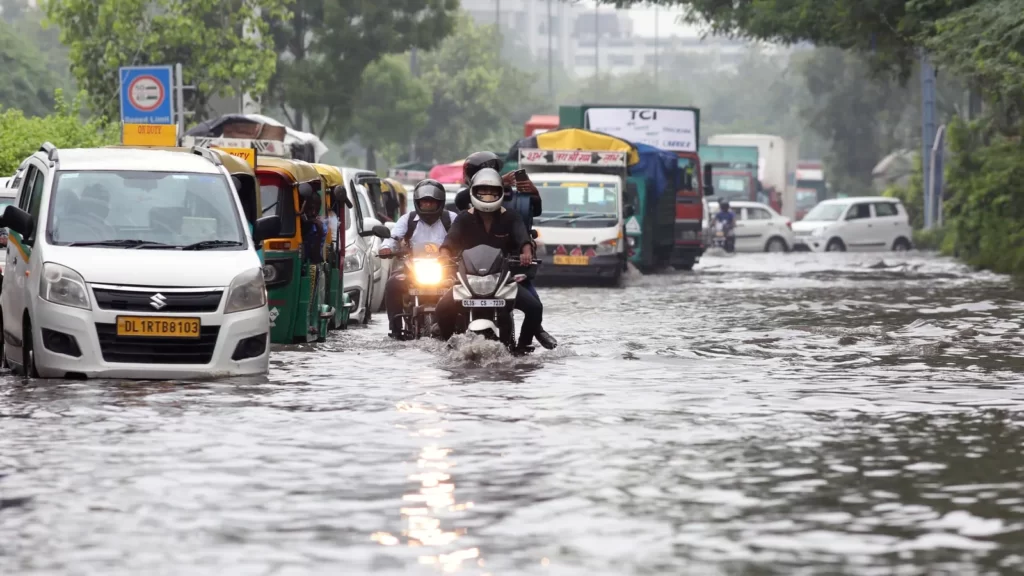
Delhi has a long history of flooding, due to its location on the banks of the Yamuna River. The river is prone to flooding during the monsoon season, when heavy rains cause the river to overflow its banks.
Since 1900, Delhi has experienced six major floods:
- 1924: The water level of the Yamuna reached 206.36 meters, which is 1.87 meters above the danger mark.
- 1947: The water level of the Yamuna reached 206.72 meters, which is 2.21 meters above the danger mark.
- 1976: The water level of the Yamuna reached 206.88 meters, which is 2.37 meters above the danger mark.
- 1978: The worst flood in Delhi’s history, with the water level of the Yamuna reaching 207.49 meters, which is 2.66 meters above the danger mark.
- 1988: The water level of the Yamuna reached 206.92 meters, which is 2.39 meters above the danger mark.
- 1995: The water level of the Yamuna reached 206.66 meters, which is 2.24 meters above the danger mark.
In addition to these major floods, Delhi has also experienced many smaller floods. The most recent flood was in 2010, when the water level of the Yamuna reached 206.28 meters, which is 1.87 meters above the danger mark.
The floods in Delhi have caused widespread damage and loss of life. In the 1978 flood, for example, more than 1,000 people were killed and thousands more were displaced from their homes.
The floods have also had a significant economic impact on Delhi. In the 1978 flood, for example, the damage to property was estimated at over ₹100 crore (US$13 million).
The Delhi government has taken some steps to try to mitigate the risk of flooding, such as building embankments along the Yamuna River and improving drainage systems. However, more needs to be done to reduce the risk of flooding in Delhi.
Frequently Asked Questions (FAQs)
Q: Is it safe to travel within Delhi during the flood situation?
A: It is recommended to avoid non-essential travel and stay updated with the latest information and advisories from the authorities.
Q: How can I contribute to the relief efforts for the flood-affected areas in Delhi?
A: You can donate to recognized relief organizations working on the ground to provide assistance to those affected by the floods.
Q: Are there any helpline numbers for emergency assistance in Delhi?
A: Yes, the Delhi government has established helpline numbers for emergency services. Please refer to official sources for the most accurate and up-to-date information.
Q: Will the flood situation improve in the near future?
A: While efforts are being made to manage the flood situation, it is essential to stay informed about the weather forecasts and follow the guidelines issued by the authorities.
Q: How long is the flood situation expected to persist in Delhi? .
A: The duration of the flood situation depends on various factors, including weather conditions. It is advisable to stay updated with official announcements and advisories for the latest information.
Conclusion
The ongoing flood situation in Delhi demands immediate attention and collective action. As the water level of the Yamuna river continues to pose a threat, it is crucial for individuals to prioritize their safety and follow the guidelines provided by the authorities. By supporting relief efforts and demonstrating solidarity, we can help alleviate the impact of the floods and contribute to the recovery of affected communities. Together, we can overcome this crisis and rebuild a resilient Delhi.


